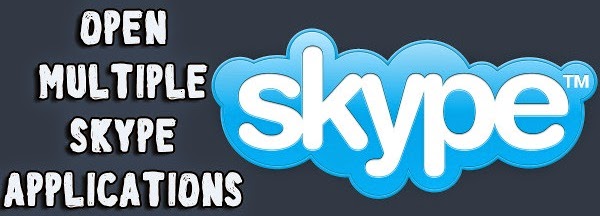
Mail PassView is a small password-recovery tool that reveals the passwords
and other account details for the following email clients:
> Outlook Express
> Microsoft Outlook 2000 (POP3 and SMTP Accounts only)
> Microsoft Outlook 2002/2003/2007/2010/2013 (POP3, IMAP, HTTP and SMTP...













